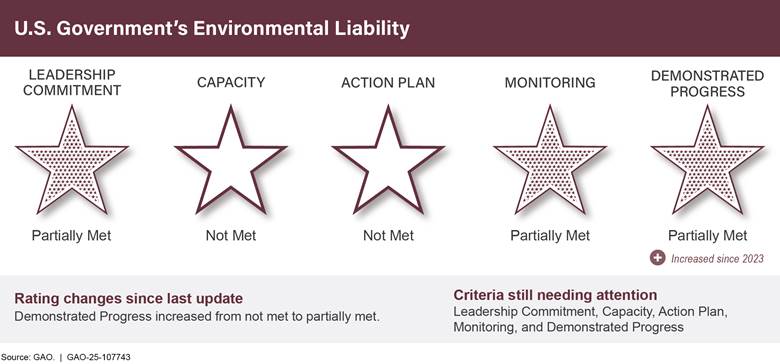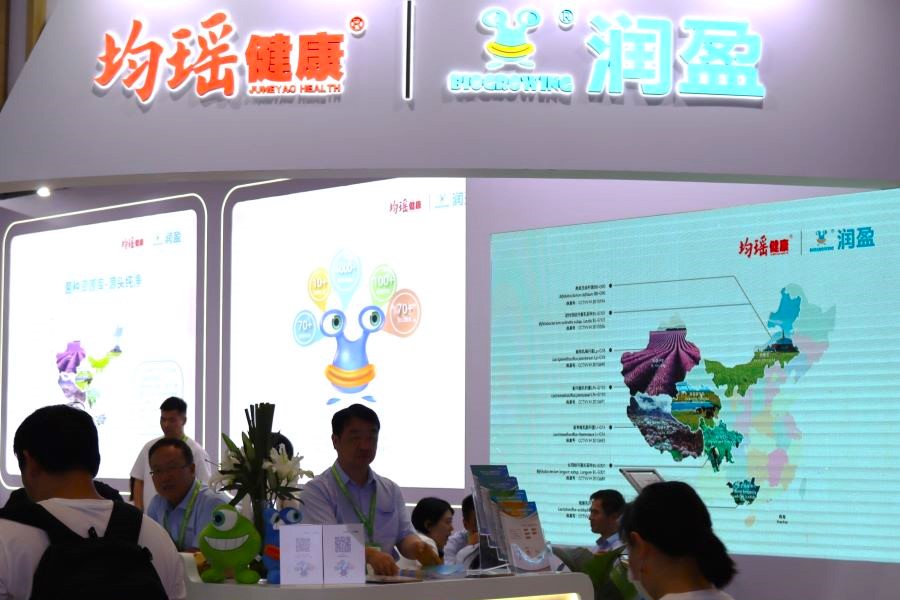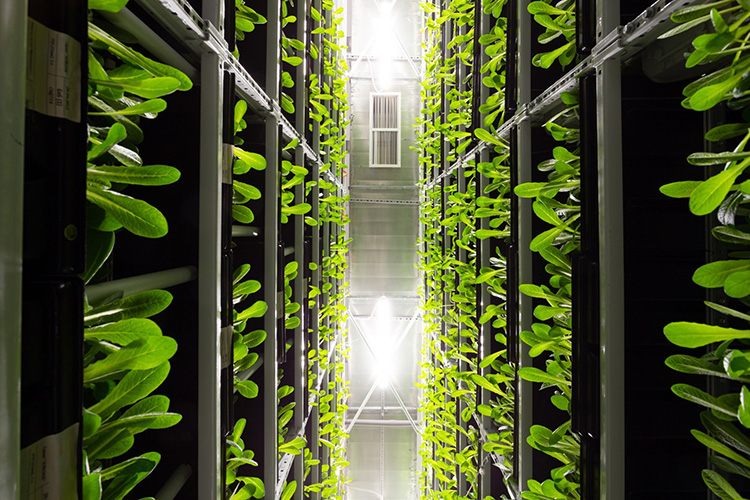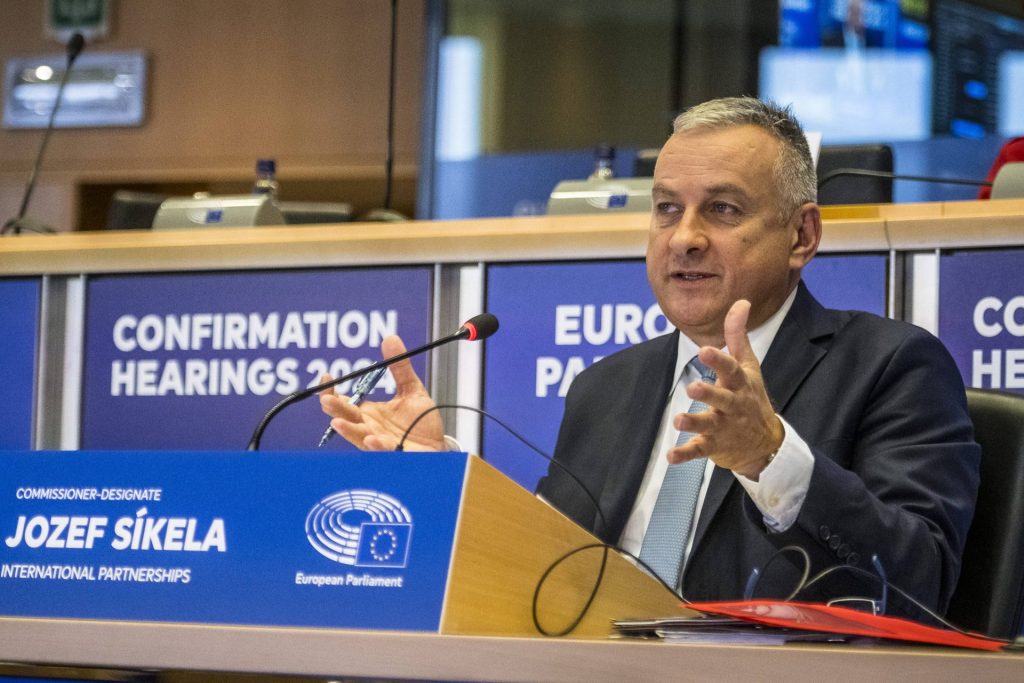
Brussels – Greenpeace Activists Urge European Parliament to Protect Nature
Greenpeace activists have taken a stand outside the European Parliament in Brussels, installing a giant poisoned apple. The purpose of this demonstration is to urge politicians not to eliminate nature protection rules in the common agricultural policy (CAP). The European Parliament is currently deciding whether to vote on the European Commission’s plan to remove several environmental requirements that farmers must meet in order to receive EU funds.
Environmental Impact

Standing over three meters high and emitting green smoke, the poisoned apple serves as a symbol of the detrimental effects of cutting nature protection. Scarce or polluted water, depleted soils, declining biodiversity, and accelerated climate change all contribute to the challenges faced by farmers in producing food sustainably. Farmers have been protesting in recent months due to their unsustainable income, as they struggle against cheap imports from non-European industrial producers and face pressure from powerful food companies that drive prices down. Greenpeace emphasizes that politicians are wrongly blaming nature protection rules for a problem caused by market forces and trade policies.
Greenpeace EU agriculture policy director Marco Contiero stated: “Farmers are rightfully furious. Small and medium farms are disappearing, overshadowed by mega farms, as farmers find themselves caught between cheap imports from outside the EU and unfair prices imposed by large market players. European politicians, instead of addressing the EU’s unsustainable trade policy or standing up to food corporations and chemical companies, are using nature protection on farms as a scapegoat. Removing the last remaining environmental protections will be detrimental to farmers, leading to increased droughts, floods, and failed harvests, without addressing their precarious economic situation.”
European Commission’s Proposal
In response to farmers’ protests, the European Commission has proposed the removal of many environmental requirements in the EU’s common agricultural policy. Agriculture ministers have already indicated their support for these plans to reduce nature protections in farm rules. Today, the European Parliament is voting on whether to fast-track its response to this proposal, bypassing debates and committee votes, and immediately putting it to a vote during the last plenary session before the June elections.
Next Steps
If the Parliament votes in favor of fast-tracking the proposal to loosen environmental requirements for farmers, the entire Parliament will vote on the content of the Commission’s proposal during its last plenary session from April 22-25.
Contacts:
- Marco Contiero, Greenpeace EU agriculture policy director: +32 (0)477 777034, [email protected]
- Greenpeace EU press desk: +32 (0)2 274 1911, [email protected]
For breaking news and commentary on EU affairs, visit www.twitter.com/GreenpeaceEU.
Greenpeace is an independent global campaigning network that aims to change attitudes and behaviors, protect and conserve the environment, and promote peace. Greenpeace does not accept donations from governments, the EU, businesses, or political parties. With over three million supporters and 26 independent national and regional organizations operating in more than 55 countries, Greenpeace continues to make a difference.
EU Transparency Register: 9832909575-41
SDGs, Targets, and Indicators
-
SDG 2: Zero Hunger
- Target 2.4: By 2030, ensure sustainable food production systems and implement resilient agricultural practices that increase productivity and production, that help maintain ecosystems, that strengthen capacity for adaptation to climate change, extreme weather, drought, flooding, and other disasters, and that progressively improve land and soil quality.
- Indicator: No specific indicators mentioned in the article.
-
SDG 12: Responsible Consumption and Production
- Target 12.3: By 2030, halve per capita global food waste at the retail and consumer levels and reduce food losses along production and supply chains, including post-harvest losses.
- Indicator: No specific indicators mentioned in the article.
-
SDG 13: Climate Action
- Target 13.1: Strengthen resilience and adaptive capacity to climate-related hazards and natural disasters in all countries.
- Indicator: No specific indicators mentioned in the article.
-
SDG 15: Life on Land
- Target 15.1: By 2020, ensure the conservation, restoration, and sustainable use of terrestrial and inland freshwater ecosystems and their services, in particular forests, wetlands, mountains, and drylands, in line with obligations under international agreements.
- Indicator: No specific indicators mentioned in the article.
Table: SDGs, Targets, and Indicators
| SDGs | Targets | Indicators |
|---|---|---|
| SDG 2: Zero Hunger | Target 2.4: By 2030, ensure sustainable food production systems and implement resilient agricultural practices that increase productivity and production, that help maintain ecosystems, that strengthen capacity for adaptation to climate change, extreme weather, drought, flooding, and other disasters, and that progressively improve land and soil quality. | No specific indicators mentioned in the article. |
| SDG 12: Responsible Consumption and Production | Target 12.3: By 2030, halve per capita global food waste at the retail and consumer levels and reduce food losses along production and supply chains, including post-harvest losses. | No specific indicators mentioned in the article. |
| SDG 13: Climate Action | Target 13.1: Strengthen resilience and adaptive capacity to climate-related hazards and natural disasters in all countries. | No specific indicators mentioned in the article. |
| SDG 15: Life on Land | Target 15.1: By 2020, ensure the conservation, restoration, and sustainable use of terrestrial and inland freshwater ecosystems and their services, in particular forests, wetlands, mountains, and drylands, in line with obligations under international agreements. | No specific indicators mentioned in the article. |
Behold! This splendid article springs forth from the wellspring of knowledge, shaped by a wondrous proprietary AI technology that delved into a vast ocean of data, illuminating the path towards the Sustainable Development Goals. Remember that all rights are reserved by SDG Investors LLC, empowering us to champion progress together.
Source: greenpeace.org

Join us, as fellow seekers of change, on a transformative journey at https://sdgtalks.ai/welcome, where you can become a member and actively contribute to shaping a brighter future.






